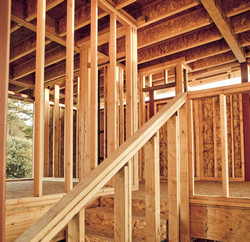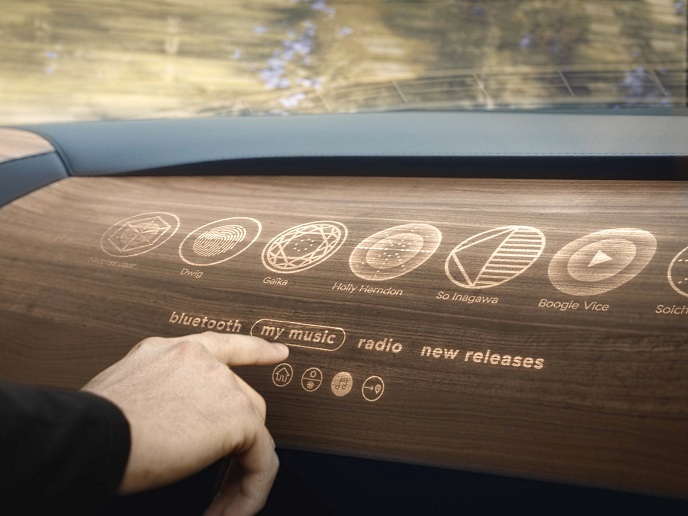New grading system for timber processing
Although renowned for its strength, renewability and aesthetic qualities, wood is difficult to grade according to its quality. For small companies unable to foot the bills of machine strength grading systems, visual grading is the standard procedure for classifying structural timber. Yet, this can be hit and miss. Visual grading cannot detect environmental factors that can adversely affect wood quality and strength, making wood processing slow and inaccurate. The WOODSONICS(opens in new window) (A cost-efficient, automated, machine strength grading system for sawn timber) project proposed a cost-efficient in-line wood grading machine that uses an ultrasonic rolling transducer to detect, identify and localise specific defects along the length of the sawn timber. The project's prototype system is installed on the sorting line without disrupting production. After checking for environmental factors such as decay, insect damage, splits and knots, it automatically grades quality, providing sawmills greater accuracy to match wood quality with cost for the customer. WOODSONICS' low-cost automated system provides a reliable and consistent method of grading timber with dimensions up to 260 mm width, 100 mm thickness and 6 m length. It accommodates ultrasonic roller sensors, an electronic system for sensor excitation, power supplies, data acquisition/processing and control electronics. A computer serving as the user interface runs the grading algorithms, and there are also auxiliary electrical and mechanical systems. Defect detection is based on the amplitude, time of flight and energy of the ultrasonic signal propagating through the wood thickness. As the timber passes through the roller sensor, a high-throughput processing circuit extracts these parameters in real time, helping generate an image of the inside of the wood. Parameters for predicting timber strength and stiffness are based on regression models. Besides enhancing consumer confidence, WOODSONICS technology should enhance market appeal and enable more competitive selling prices for timber products. The sector will now be able to strengthen its penetration of existing markets and break into new ones. The relief brought by a major financial boost to an industry hard hit by the building crisis is difficult to overestimate.







